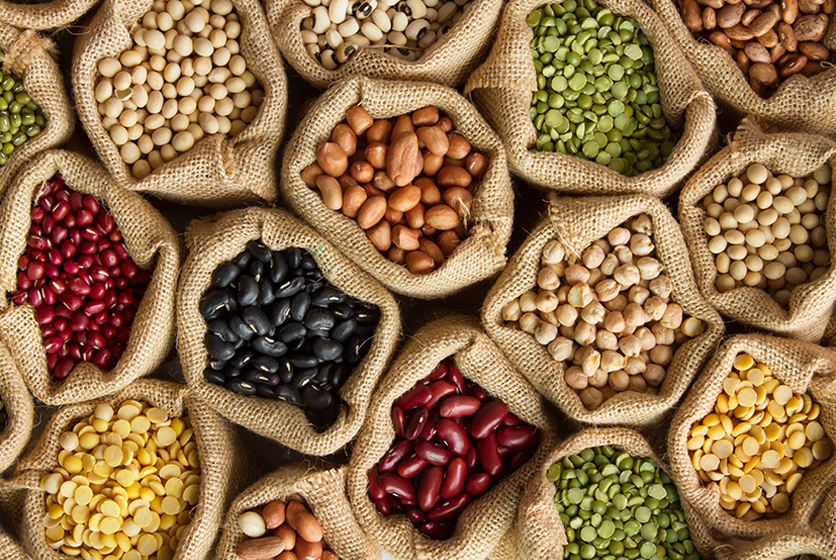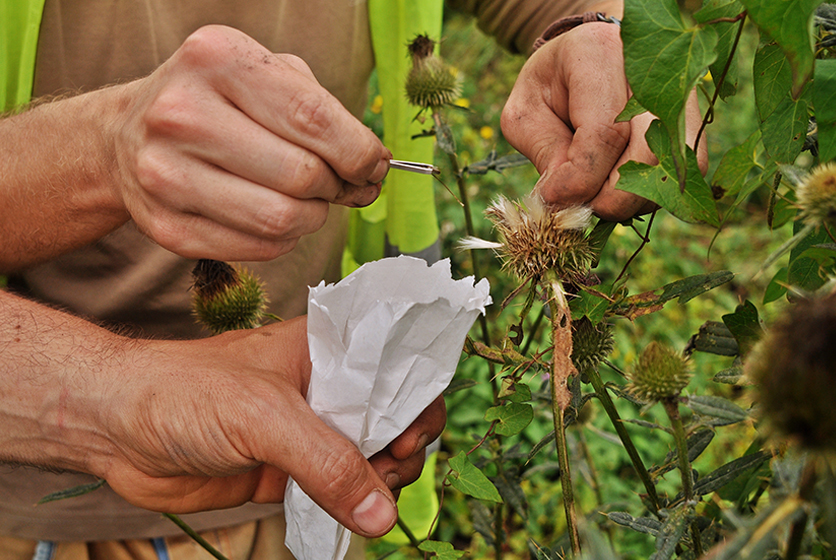Seed Saving and Agricultural Diversity
Some experts believe that agriculture, in some form, was practiced around 23,000 years ago. And the practice of seed saving dates back to at least 12,000 years in the past. Farmers saved seeds - this was the simplest and only way to ensure crop continuity and sustainability.
Today, seed saving has taken on many facets and the most important ones are that it helps ensure agricultural diversity & food security.

The situation now
In the modern world, it is the big agricultural companies that have the largest control of agriculture. In most cases, farmers have to buy seeds for their next round of crops from these big companies. For instance, Bayer, Corteva Agriscience, Sinochem, and BASF own more than 67% of seeds worldwide.
This also means:
- Farmers are losing out on heirloom varieties of crops of all kinds - 90% of crop varieties grown 100 years ago are already gone
- There is loss of crops that thrive best in a particular geographical zone
- Reduction or loss of food security
- Cultivation occurs with genetically modified or seeds treated with all manners of insecticides and chemicals
Why is seed saving important?
Food security is critical and this can be achieved with seed saving. Farmers are forced to buy genetically modified seeds from companies and this can lead to all kinds of problems. When a farmer controls and saves seeds, they also help promote local varieties of crops that are resilient to local / geographical conditions.
Ecosystem support can be ensured with seeds that have been gathered from the locally grown crops. It helps preserve biodiversity as well. A farmer does not have to apply increasing levels of fertilisers or other interventions simply to keep a crop healthy. The local ecosystem is adequate support for plants grown from a preserved seed.
Agricultural diversity is present in all farms. When agriculture is ‘industrialised’, this diversity is sacrificed for homogeneity because it is simpler for a big company to manage fewer seeds. Take for instance, the work being done by Dr Prabhakar Rao. Native vegetable seeds are being lost at an alarming rate and he is working towards preserving seeds of traditional produce.

What is happening in India?
A huge presence in seed saving is Navdanya. They promote community seed banks which are helping preserve India’s agro-diversity in an intensive manner. Navdanya is a farmer led movement which is waging a battle against biopiracy and aims to fight all manners of appropriation of agricultural products and methods.
Similarly, there is Annadana, doing important work in propagating knowledge and resources on open-pollinated seeds which are replicable rather than the hybrid varieties of seeds.
India and the Food and Agriculture Organisation of the UN (FAO) co-hosted a session on fruits and vegetables where the need for seed diversity was highlighted, especially because farmers were struggling with the financial implications of buying higher-priced hybrid seeds every season.
Banking on seeds and promoting seed banks may just be the best way to preserve a tradition for better food and richer diversity. Putting out an SoS (Save Our Seeds) should be one of the loudest clarion calls for Indian agriculture.



